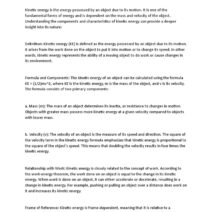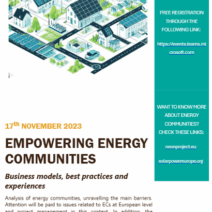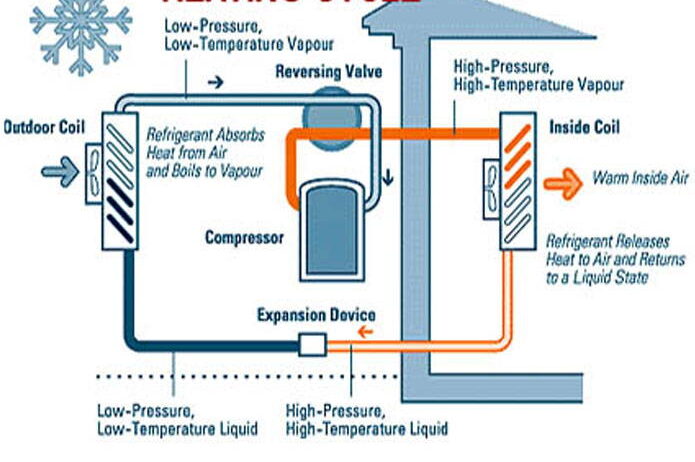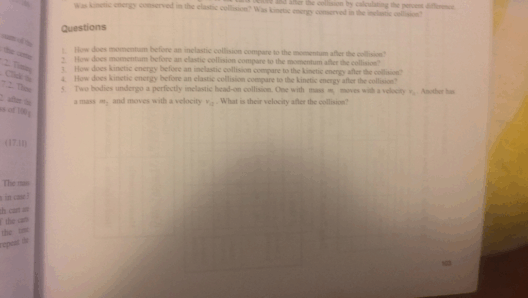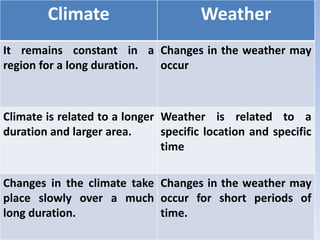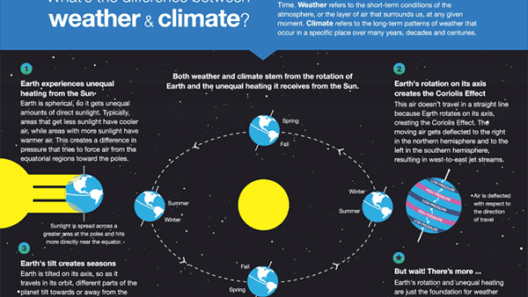As winter descends upon our homes and temperatures plunge, a question looms large: do heat pumps work effectively in cold climates? This inquiry may appear deceptively simple, yet it beckons a deeper exploration into the mechanistic nuances and practical realities of heat pumps’ performance when the mercury dips. After all, with their increasing popularity as an energy-efficient alternative for heating, can they indeed rise to the challenge posed by some of the harshest weather conditions?
To embark on this journey, let’s first clarify how heat pumps function. At their core, heat pumps are designed to transfer thermal energy from one location to another. In winter, they extract heat from outdoor air, even when temperatures are low, and transfer it indoors. This system operates via the refrigeration cycle, utilizing refrigerants that absorb and expel heat effectively. However, the efficiency of this process diminishes as temperatures fall, leading to a critical question: can heat pumps still provide sufficient warmth in bitterly cold scenarios?
The efficacy of heat pumps in frigid conditions often hinges on their design and technology. Certain models are specifically engineered for cold climates, featuring enhanced components that ensure optimal performance as outdoor temperatures approach sub-zero levels. For instance, cold climate air-source heat pumps utilize advanced inverter technology and variable-speed compressors to maintain a steady heat output even in extreme chill. This technology allows them to operate efficiently, reducing the reliance on auxiliary heating sources.
Conversely, older or standard heat pump models may struggle in cold conditions. Efficiency ratings, measured by the heating seasonal performance factor (HSPF), play a crucial role here. A unit with a higher HSPF can offer more efficient heating, translating to lower energy bills and a reduced carbon footprint. However, when temperatures fall below a particular threshold—often around 20°F—many conventional heat pumps may fail to meet the heating demands of a home without relying on supplemental heating. This necessitates a careful evaluation of climate-specific units to prevent financial burdens associated with inefficient heating systems.
Another pivotal aspect to consider is the geographic variation in cold climates. The term “cold climate” can encompass a wide range of conditions, from the relatively mild winters of the U.S. Pacific Northwest to the frigid, polar-like winters in regions such as Minnesota or North Dakota. Not all heat pumps are created equally, and those designed for moderate winter conditions may falter in the face of severe cold. Selecting a system suited to the specific regional climate is not just prudent; it is essential for ensuring the integrity and comfort of your living space.
Furthermore, the design of the dwelling plays a significant role in the effectiveness of heat pump systems. Proper insulation and air sealing can significantly improve a heat pump’s efficiency in cold climates. A well-insulated home retains heat better, reducing the demand on heating systems. This leads to the crux of the matter: upgrading or improving a home’s insulation not only complements the efforts of a heat pump but also promotes energy savings and sustainability—a win-win for both the homeowner and the environment.
While we grapple with the practical aspects of heat pumps in cold climates, we must also address the environmental implications. Transitioning to heat pumps is often celebrated as a means to reduce greenhouse gas emissions, particularly when powered by renewable energy sources. However, the manufacture and thermal performance of heat pumps, especially in extreme conditions, can present challenges that must not be overlooked. A heat pump that is inefficient at lower temperatures may ultimately contribute to greater energy consumption, counteracting some of the environmental benefits that first drew many to this technology.
It’s thus necessary to pose a more complex question: could heat pumps serve as a gateway to rethink our entire approach to home heating and energy consumption? They represent an opportunity for innovation in energy efficiency, yet they also call for an honest assessment of their capabilities and limitations. The path forward requires engagement with both technology and infrastructure, where innovation in heat pump systems is paired with robust energy efficiency measures within our homes.
Lastly, addressing the issue of state incentives or utility programs can play a large role in the transition to heat pumps in cold climates. Many regions offer substantial rebates and financing options to incentivize homeowners to install energy-efficient heating systems. Understanding how to leverage these programs will not only assist in offsetting initial costs but will also foster deeper community engagement with sustainable practices. The challenge lies not merely in the adoption of technology but in the embrace of a holistic approach to energy use.
In conclusion, while heat pumps can indeed function in cold climates, their performance is contingent upon numerous factors: design technology, regional climate characteristics, residential insulation quality, and broader considerations regarding energy consumption and environmental impact. As we seek solutions to combat climate change and reduce our carbon footprints, a nuanced understanding of heat pumps in cold climates can empower us to make informed choices. The question may not be whether heat pumps work in cold climates, but rather how we can optimize their use while balancing comfort, efficiency, and sustainability in an era of increasing environmental accountability.

